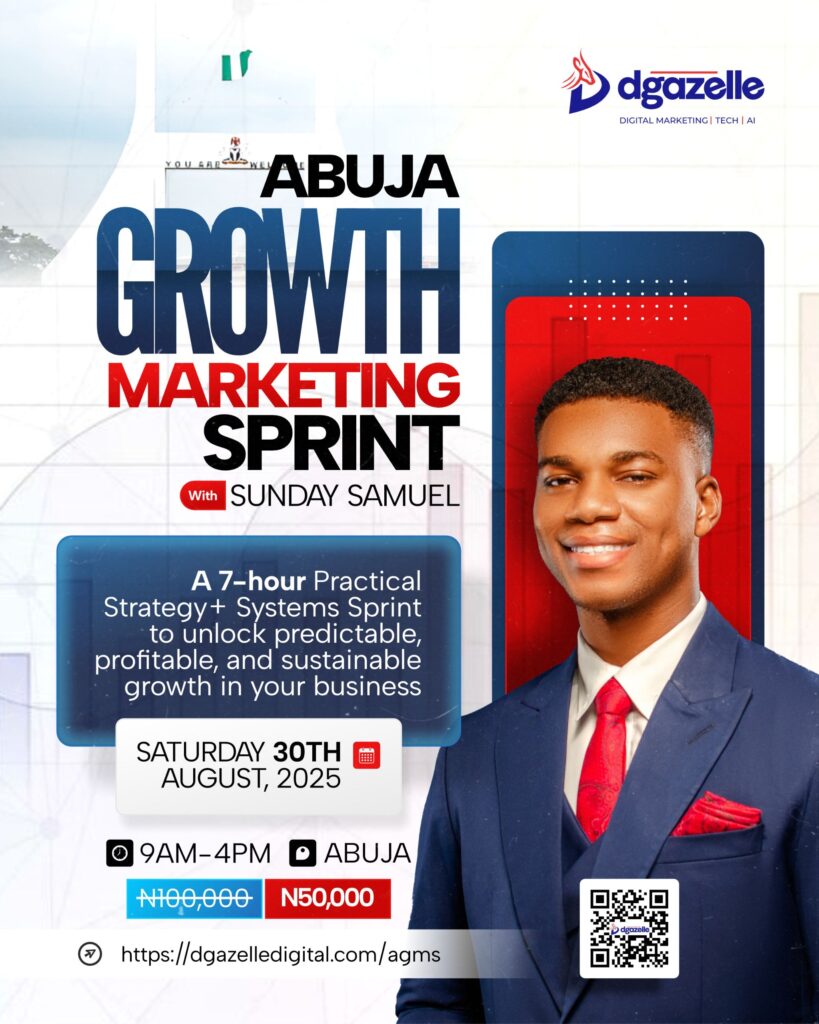According to Safari Digital, approximately 61% of marketers believe that SEO is the key to online success, which is why modern businesses allocate an average of 41% of their marketing budget to it. In short, taking the time to outline a proper SEO strategy can revolutionize not just your online traffic but your business as a whole.
Internet use is at an all-time high given the state of the world today. We are shopping online more than ever, watching more TV and movies than before, and going to enough Zoom meetings to last a lifetime because of the pandemic. Over the years we have seen a huge increase in the importance of SEO for businesses, and we anticipate that it will be much the same in the coming years. So, the question is, how can you design an SEO plan that adapts to the current landscape? With that, here are the steps to create an SEO strategy in 2024:
Write for humans first and search engines second
With continuous human input, the Google algorithm continues to improve its daily intelligence and better match our way of thinking. Having said that, don’t even try to trick a search engine; there isn’t a smart shortcut or secret recipe for doing so. Prioritize writing for readers over search engines.
Your top goal should always be to satisfy your audience’s needs, and you can only do that by creating interesting material that is essentially naturalistic. Stuffing is even more obvious than shoehorned in keywords, so insert them in where they make sense and let driving keywords enhance your content, which is already insightful and worthwhile.
Make a list of keywords.
Typically, the first stage in any SEO campaign is keyword research. And what’s the greatest method for identifying terms that your ideal clientele uses?
Google Suggest.
Since these keywords are directly from Google, you can be sure that people are actually searching for them. In addition, longer keywords, also referred to as “long tail keywords,” are typically less competitive than “short tail” terms, making it easier to rank for them even though they have lower search volume levels. To generate a list of about ten keywords, try different keyword searches on Google.
Examine Google’s First Page
Okay, so you’ve identified a few keywords. The next step is to determine who is currently ranking for those keywords. To do this, simply enter one of the keywords into Google and make a note of any trends you see. For instance, the SERPs for “SEO Tools” are LOADED with tool lists. If you wanted to write about that topic on your website, you should notice that the majority of the first page results are list posts. You should also publish a list post on your blog.
Identify Your Competitors
You might think of websites that have a lot of common keywords as your competition. Semrush is my go-to tool for competitor analysis in SEO. Their tool can save you a great deal of time and makes the process quite simple.
You can see how many terms you have in common with these domains, as well as how much traffic these websites are bringing in, and also you can see how many terms you share overall with each site in the “Common Keywords” column, which is helpful.
You can identify at least four or five primary organic competitors by the time you finish this phase.
Build Something Better or Different
It’s time to produce some really excellent stuff now. Regarding SEO content, you have two choices:
- First choice: You make something unique.
- Second choice: You make something superior.
There are moments when you desire to create something more and better than what already exists. (also known as The Skyscraper Method.) Nonetheless, there are instances when entirely different content from what is on Google first page is preferable since it makes your work more distinctive.
Other times, you want to create something that’s simply better than what’s already ranking on the first page of Google? In this case, you want to publish content that’s 10x better than what’s out there.
Incorporate a Hook
Obtaining backlinks is important in 2024 if you want to raise your search engine rankings. (And a large number of them.) As they continue to be a significant Google ranking element.
To accomplish this, you need find out the reasons why people link to specific pieces of content in your industry. This link is also called the “The Hook”. Next, include that “Hook” into your writing.
Data is just one type of “Hook” that you can use to build links to your content. Reason being that your content will be backed up with facts and stats and users will always reference and backlink to this area with stat, invariably giving you more presence in Google search engine
Optimize For On-Page SEO
There are three core on-page SEO techniques that I recommend focusing on in 2024. the first is Internal Linking.
Yup, internal linking still works. But you have to do it right. Specifically, you want to link from high-authority web pages to pages that need more authority.
The second technique is short, Keyword-Rich URLs. An analysis of 11.8 million Google search results found something that surprised a lot of people: When it comes to search engine optimization, short URLs generally outperform long URLs. So the best course of action should be
- Either make URLs just your keywor
- Or your target keyword plus one more word
Semantic SEO
Finally, optimize content for sematic SEO In other words, find words that are related to your target keyword and use those terms in your content
Focus On Content Design
Perhaps the most overlooked aspect of content marketing is the design. The greatest stuff ever written can be yours. But if it does not appears appealing, it won’t get much traction.
Excellent content design doesn’t have to be extremely expensive. These four categories of visual content are actually very simple to create.
Charts & Graphs: Try to add a chart in every post because they are so useful as they make data easy to understand. As a bonus, people will sometimes use your chart in a blog post… and link back to you
Screenshots and Pictures: To be clear: Don’t use screenshots just for the sake of using screenshots. Only use them if it helps someone implement a specific step.
Screenshots only make sense when you describe something technical. And if you are writing about non-technical subject, then pictures will do just fine.
Improve and Update Your Content
A post should not just be publish it and leave it there, but rather should be updated from time to time and Don’t just re-post the same content and call it “new”. Instead, go through and removed old screenshots and images, and strategies that didn’t work anymore and replace them with new ones to keep the post up to date, and don’t forget those good sweet backlinks too
GET IN TOUCH
Too busy to implement these SEO strategies? Or don’t know how to go about it. We can help you set up system for it and drive engagement to your website, Get on a free 15-minute strategy call with our experts right now.







